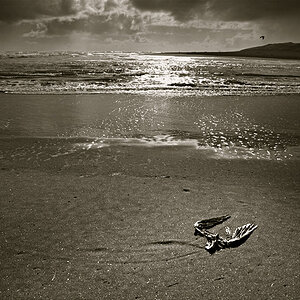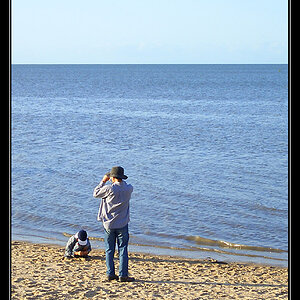- Joined
- Mar 29, 2016
- Messages
- 14,872
- Reaction score
- 8,321
- Can others edit my Photos
- Photos NOT OK to edit
@Derrel made a comment on another post about the ideal distance to place your light, "The actual look and "feel" of lighting changes, based on the distance from the light, to the subject". Had some time to kill so I thought I'd try a few experimental shots. There is equal though minimal processing on all three. WB, and a slight tone curve contrast.

After doing this I think I would add to Derrel's comment "and the addition of multiple lights".
A few things I noted in the example, was of course how quickly the light falls off when you bring the light in close, the darkened background. Something that could be useful to remember if you need to de-emphasis a cluttered background. The shadows could be filled with the addition of a reflector or second light on the fill side, but there seems to be a lot of texture created on the face by the shadows.
When I moved out to the 6' mark and powered up to to adjust for the exposure, I got a lot of light everywhere. Face, hair even the background with very few shadows, a flat image, but, there was even illumination across the face, hair, even the background. I tried to maintain the same angle when I moved it back.
The last example, while it looks like the exposure is different it isn't. The light ratio is still the same, but the combination of the two lights required that both lights be powered down, to maintain the same f/5.6 exposure under the chin. When I did that it introduced shadow details missing in the 2nd shot.
While each has their place, I like the last example because of the more even lighting on the head and hair. It also seems to have less texture on the cheeks and nose that could be helpful when lighting skin.
Anyhow, interesting couple of hours of experimenting when it's to cold to be outside.
Clarification on image: I metered the fill light to f/5.6, and the combined exposure (under the chin) to f/5.6
After doing this I think I would add to Derrel's comment "and the addition of multiple lights".
A few things I noted in the example, was of course how quickly the light falls off when you bring the light in close, the darkened background. Something that could be useful to remember if you need to de-emphasis a cluttered background. The shadows could be filled with the addition of a reflector or second light on the fill side, but there seems to be a lot of texture created on the face by the shadows.
When I moved out to the 6' mark and powered up to to adjust for the exposure, I got a lot of light everywhere. Face, hair even the background with very few shadows, a flat image, but, there was even illumination across the face, hair, even the background. I tried to maintain the same angle when I moved it back.
The last example, while it looks like the exposure is different it isn't. The light ratio is still the same, but the combination of the two lights required that both lights be powered down, to maintain the same f/5.6 exposure under the chin. When I did that it introduced shadow details missing in the 2nd shot.
While each has their place, I like the last example because of the more even lighting on the head and hair. It also seems to have less texture on the cheeks and nose that could be helpful when lighting skin.
Anyhow, interesting couple of hours of experimenting when it's to cold to be outside.
Clarification on image: I metered the fill light to f/5.6, and the combined exposure (under the chin) to f/5.6




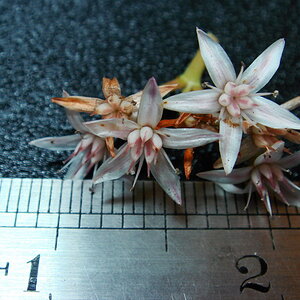
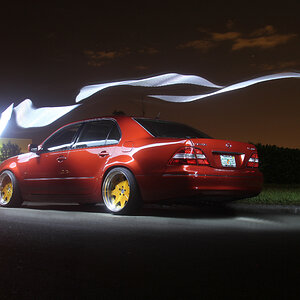
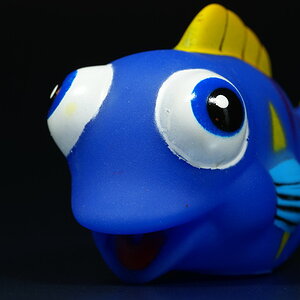
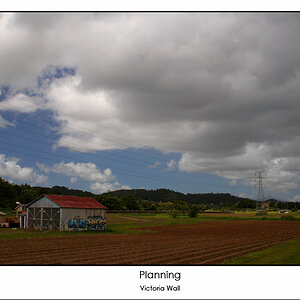
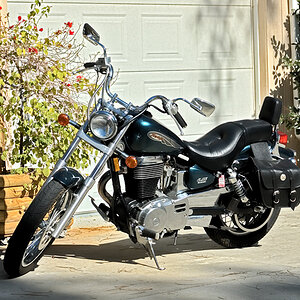
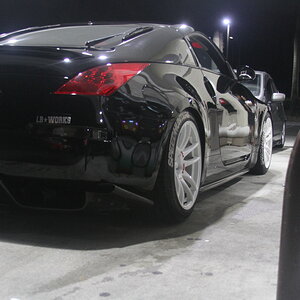
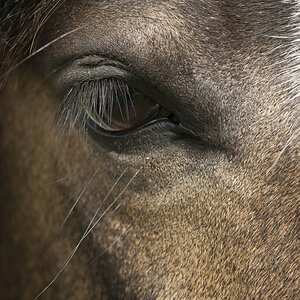

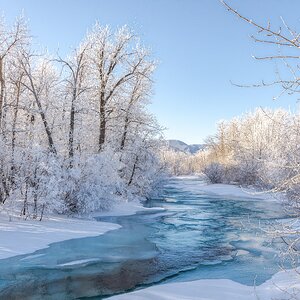
![[No title]](/data/xfmg/thumbnail/38/38263-ad5e4c9e677626ddb5b1e7cdf9ebe40e.jpg?1619738548)
